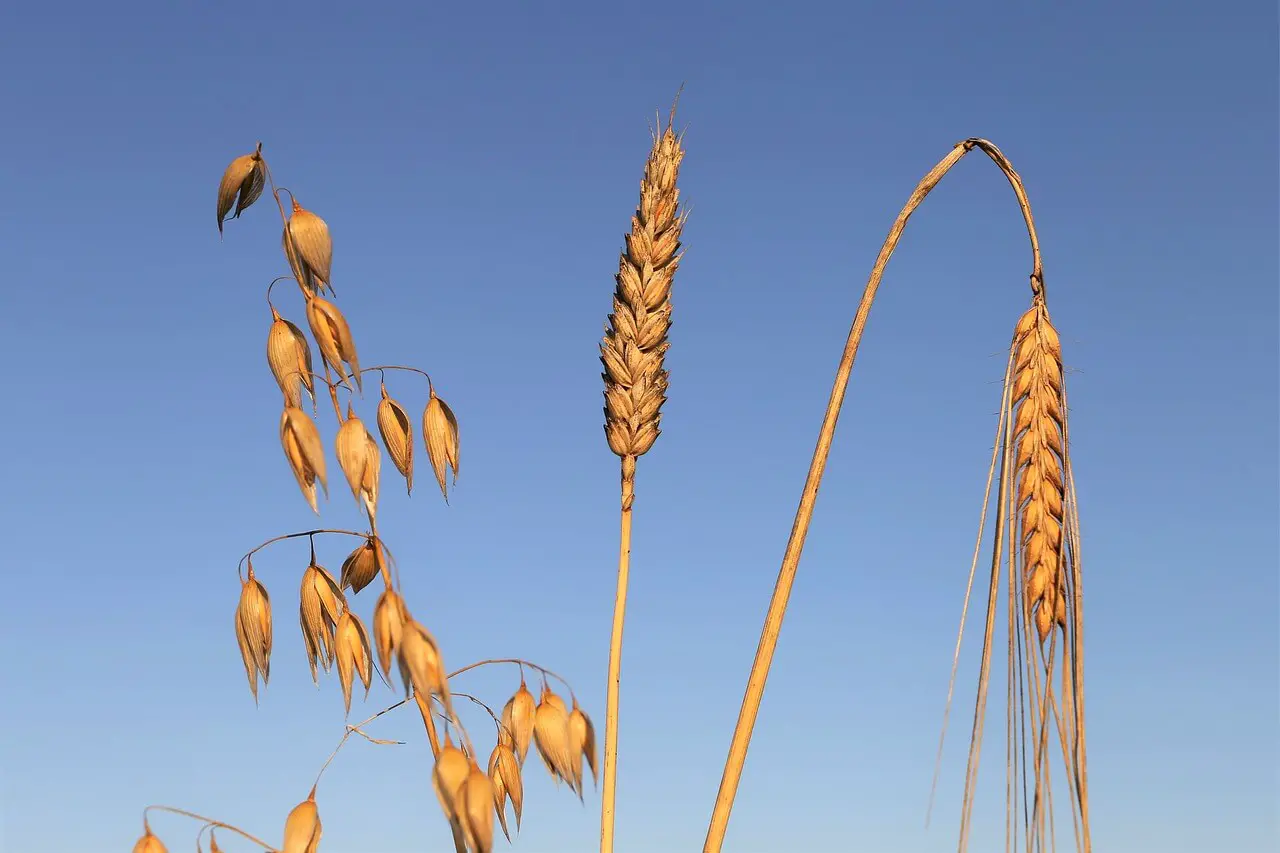A Guide to Growing Grains in a Small Garden
November, 2022 |Ever considered growing your own grains? From growing your own oat porridge or creating your own homemade buckwheat flour pancakes. Growing grains in a small garden is an incredibly rewarding gardening experience that gives you an insight into some of the farmed ingredients we usually take for granted.
You don’t need acres of space to benefit from the sense of fulfillment that growing your own grains can provide.
Discover which grains work well in a small garden, and some general care tips to maximize your harvest!
Which grains can you grow in a small garden
Whether you’re hoping to grow grains on a balcony or apartment patio space, it’s important to choose a grain that can give you a worthwhile harvest.
The following grains can produce a nice amount of grain in limited garden space.
- Oats: Sowing to harvest takes roughly 70 days. The seed heads look very ornamental as they grow, adding an attractive element as well as nutritious seeds.
- Buckwheat: An ancient grain that’s great for areas with a short growing season and a good option if you’re looking to avoid gluten. Buckwheat produces a good yield of seeds in a limited space.
- Amaranth: A variety like Golden Giant can give excellent seed yields when it’s time to harvest. Most plants could produce up to one pound of seeds. The higher yield makes them ideal for a small garden, but just be wary that they can reach 6ft!
Other great grains for a small garden include quinoa (a plant relative to amaranth), chia seeds, and also barley.

How many plants do you need?
It depends on the grain you’ve chosen, how much garden space you’re willing to dedicate to them, and how you plan to use them.
In a small garden, space is precious, so you need to decide how much you’re willing to dedicate to growing grains over other crops. Compared to cordon tomatoes and other vertical crops, grain won’t provide as much value per square foot.
It’s unlikely that you’ll harvest a year’s supply, but supplementing your diet with homegrown grains (no matter how small the yield) is incredibly fulfilling.

The amount you harvest from each plant can depend on the growing conditions of the plant (how much sunlight it receives, extreme weather, or which USDA zone you’re in, etc).
Often the best way to is to simply try growing a container’s worth of seeds and seeing how it performs. You can then get an idea of how much you can expect to harvest, and if you feel it’s worthwhile growing them.
You can still get a good balcony harvest from some grain species like the ones mentioned above.
For example, buckwheat on average usually produces 20-30 seeds per plant. And as a small plant, you can fit several into a one-square-foot container. With 20-30 seeds you could expect to make up to 4-5 tablespoons worth of flour. Enough to create plenty of buckwheat pancakes!
Growing grains in a container
Grain plants are well suited to growing in containers or raised beds. Just make sure you double-check the exact growing conditions of each grain plant that you’d like to grow.
Buckwheat and amaranth for example both thrive in poor soil quality, so you don’t need to add any additional fertilizer to the container.
Grain plants generally need to be in full sun, so make sure the container is in a sunny spot. It’s also best to place the container in a sheltered place to protect the flower heads from high winds or heavy rains.
What kind of grain harvest to expect in a small garden
Because of the labor-intensive preparation process of grains, they are usually farmed on a large scale to maximize yield and profits. So it’s important to remember that you may not be able to harvest a self-sufficient supply that could create bread for a year for example.
As mentioned above, there are a few factors that can influence how much grain you’ll be harvesting. So here are a few things to consider:
- The crop yield depends on the species of grain that you’ve chosen and how long it takes the plant to mature, from sowing the seed to harvesting. Some grain species like millet can mature in 60+ days.
- Some grains will simply produce more seeds than others, maximizing the number of nutrients you can benefit from. Amaranth and buckwheat for example both produce quite a high yield per plant.

Depending on how much space you can dedicate to growing grains, you could expect to make enough for a few lbs of flour (buckwheat), porridge oats, or rice alternative (amaranth).
Growing grains in a small garden is definitely a labor of love. You won’t be able to produce high yields, but simply, it’s a great way to understand and appreciate crops that complete our food nutrition.
Other things to consider when growing grains in a small garden
From finding seeds, figuring out processing equipment, and being aware of plant pests that can infect grains and make you seriously ill!
Buying seeds:
Grain seeds aren’t usually sold in conventional garden shops, as vegetables are generally the most popular growing choice. However, you can definitely find them online, for example on websites like Etsy or eBay.
Alternatively, you could try buying a packet of organic seeds from somewhere like whole foods and trying to grow these. It’ll be a packet of thousands of seeds, but this also lets you test out any recipes and processing methods before you use your own homegrown grains!
Cautions:
There’s a grain fungus known as ergot which can infect some cereals (especially rye). It has really serious side effects so check the seeds before harvesting! It’s a grass-based fungus that can move between wild grass species, it’s fairly rare but can occur if there’s been a particularly wet spring.
Processing:
Depending on how you’d like to use the grains, you might need some minor kitchen equipment to help you process them. A countertop grain mill or coffee grinder can help you create your own flour. A pasta roller can create homemade rolled oats. All of these appliances are small and are easy to buy online.
Unsure which seeds to grow? Ancient grains like buckwheat, chia, and amaranth are easy to grow and a great place to start!







